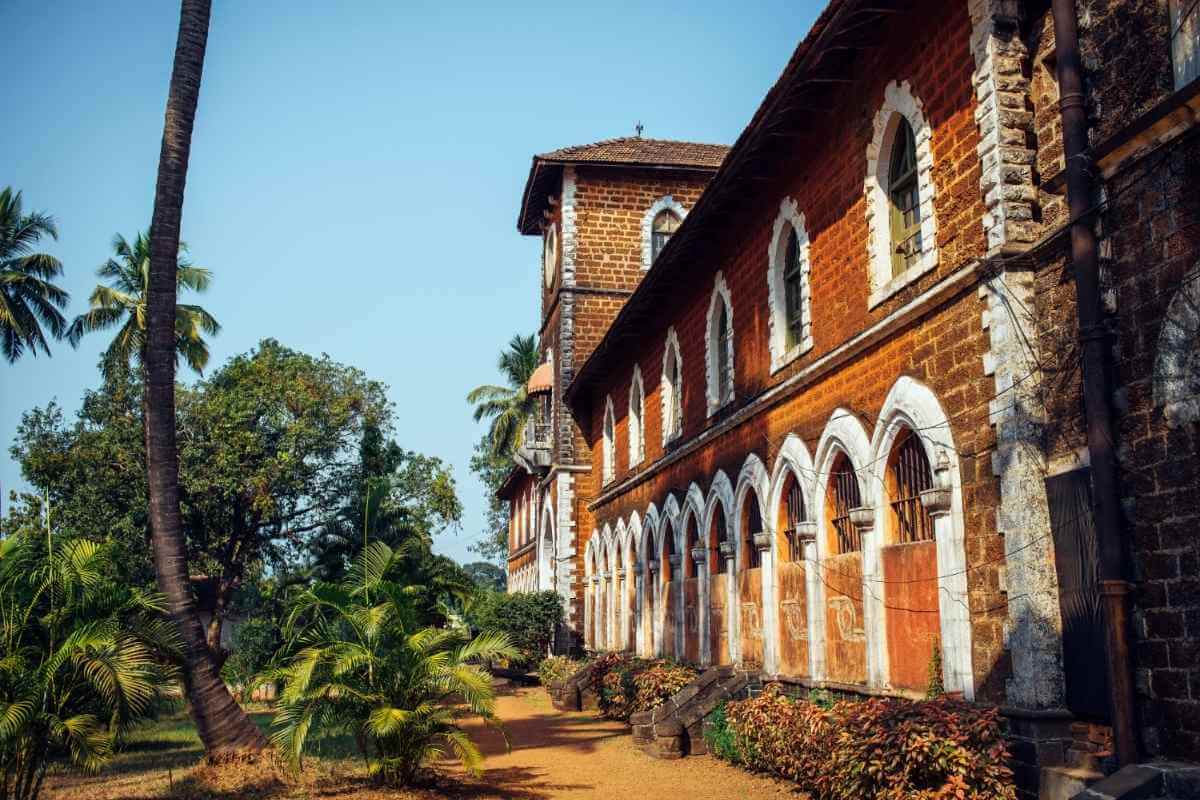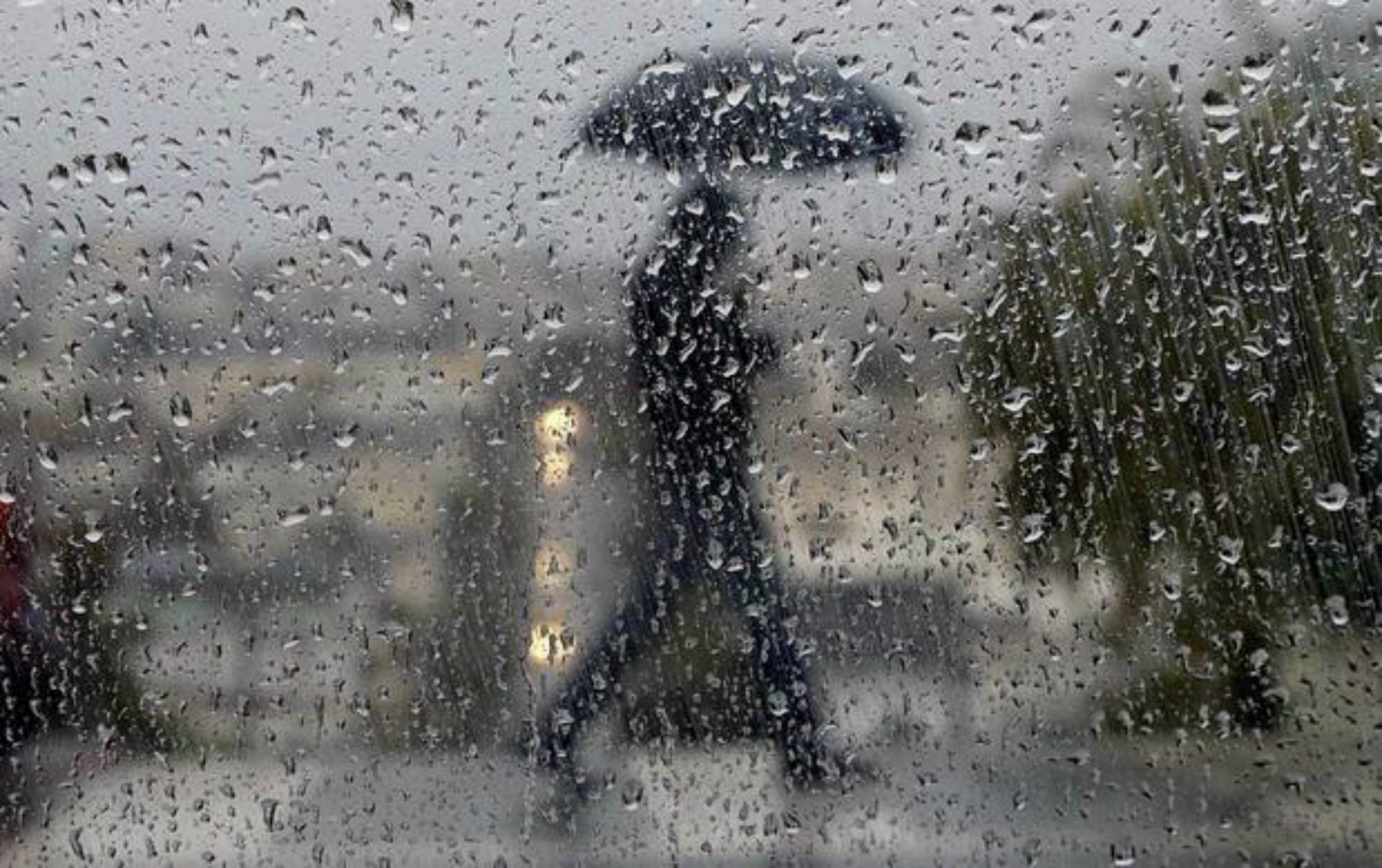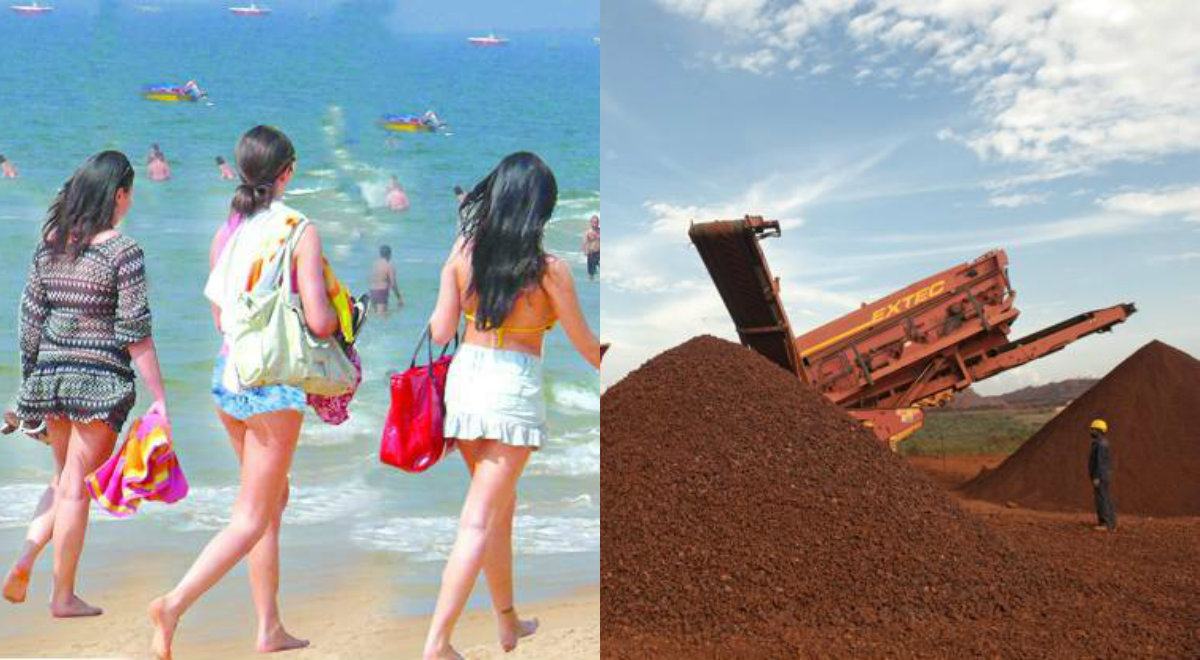To stop the rampant development in the coastal belt the state government has notified the CRZ areas wherein the development remains limited but despite that the constructions are booming in full swing in the coastal belts of Goa.
The areas like Calangute, Candolim are mushroomed with rampant constructions with no control and now the developers have moved their focus on the areas like Bardez and Pernem.
According to the studies conducted by the CRZ authorities the built up area along the coastal belt have grown manyfold jumoping from mere 19.6% TO 40.3% within the 500 metres of the buffer zone.
The Goa Coastal Regulation Zone (CRZ) notification came into the force since 1991 that disallows the fresh construction within the 500 meters from the high tide line along the coastal area, but it looks like no one cares about the same.
Encroachment In CRZ Areas
The encroachments in the CRZ begin due to the increase in tourism business. According to the reports, the constructions in the Goa’s popular beach belts has increased by almost 20 percent to keep up with the demanding tourism needs.
The above information was collected by the study done with the help of satellite imagery analysis which tracked down the development along the coasts of Goa.
As mentioned earlier in the article the saturation in Goa’s popular Calangute and Candolim beach belt led the developers to target the new areas like Morjim, Arambol and Tiracol situated in the Pernem Taluka.
The study which was presented in the form of conference papers last year was focused on Goa’s two major Talukas, Bardez that is home to beaches such as Candolim, Calangute and Anjuna and Pernem which is home to beaches like Morjim, Arambol and Tiracol. It showed the reducing vegetation and water bodies and increase in the built up area consisting of Hotels, Resorts, permanent residence and temporary tourist facilities, such as shacks and restaurants.
“The built-up has increased from 19.6% to 40.3% (as a percentage of the total area), from 1991 to 2019 within the 500mts buffer… (and) from 15.12% to 36.79% within the 200mts buffer from 2012 to 2019. This includes permanent residential houses, resorts and temporary shacks. Whereas the 50mts buffer from HTL shows built-up and vegetation as 36.79% and 36.91% respectively in the year 2019,” the study said.
Goa CRZ Notification
The Goa CRZ notification that came into the force in year 1991 that prohibited any construction activities done between 200 meters from the coast which was notified as a non-development zone and regulated construction between 200-500 metres from the coast.
Except for the reconstruction of preexisting structures belonging to the traditional fishing communities on the existing plinth, no other constructions were to be permitted.
But there was a delay of more than 6 years by Goa Government on the finalisation of the Coastal Zone Management Plan that is now further extended to one more month due to the pandemic and opposition from the people.
The Affect on Tourism in Goa
The study also revealed that they have conducted a survey in which they interviewed many people across the various section and found out that the mushrooming of the constructions in the coastal zone has severely affected the experience of tourists visiting the coastal belt.
“With changing CRZ regulations, huge beach areas which today are public spaces will be used for commercialization under the banner of development. Tourists visit Goa for its beauty and open space where land meets the sea. If these spaces are taken over, the tourism industry which survives on natural beauty will be at stake as beaches will be already crowded. Neither tourists nor locals will have proper access to the beaches. The coast as a resource will not remain sustainable in future,” the study stated.
Say of Environment Minister Nilesh Cabral on Violations
Speaking to HT, Goa environment minister Nilesh Cabral admitted that there were “a lot” of coastal CRZ violations.
“There are a lot of violations but we are acting and demolishing them as and when they are detected. The violators also approach the courts and secure a stay on demolitions. But we have taken action against even big violators and resorts,” Cabral said.
According to Mr Cabral, the major part of the problem is due to the reliance on 1996 CZMP Coastal Zone Management Plan) for which detailed scaled maps are not available. “Once we are done with the current process of finalizing the CZMP plan for the CRZ 2011 then we will have a base on which to tackle violators,” Cabral said adding that “The government intends to have real-time monitoring of at least some portion of the coast that is prone to violations using satellite imagery for which we have to finalise the current plan first.”
The Conclusion
There are various factors that is been influencing the Coastal Zone Regulations in Goa that includes the adverse orders from Bombay High Court time to time.
According to the reports, back in year 2009, the Bombay High Court at Goa had initiated a suo moto petition against illegal constructions along the coast and had asked coastal panchayats to detail what actions they propose to take against the violators.
More recently, the High Court noted “an extremely disturbing feature as to how constructions are put up in CRZ areas without bothering to obtain any permissions from any authorities and thereafter some sort of immunities are claimed based on the completion of such constructions at breakneck speeds” by taking advantage of lax enforcement.
This the High Court said was possible because the violators “are firmly convinced that as long as they race to complete the illegal construction and occupy the same, the law will never be able to catch up with them. The attempt thereafter is to institute all sorts of proceedings and delay the action against the wholly unauthorized construction put up in an eco-sensitive zone without seeking permissions from any authorities.”
The NGT too had called for an ‘effective monitoring mechanism.’
“We may add that the Goa Coastal Zone Management Authority (GCZMA) appears to be working only based on complaints against illegal structures and a large number of illegal structures continue to exist despite the directions of the High Court… It may be desirable to have an inventory prepared in respect of such structures based on an independent annual survey, to be updated periodically to avoid selective action against the violations of the CRZ,” the NGT bench led by chairperson Adarsh Kumar Goel, said. “An effective monitoring mechanism needs to be set up by GCZMA to advance the rule of law,” the NGT bench added.

























